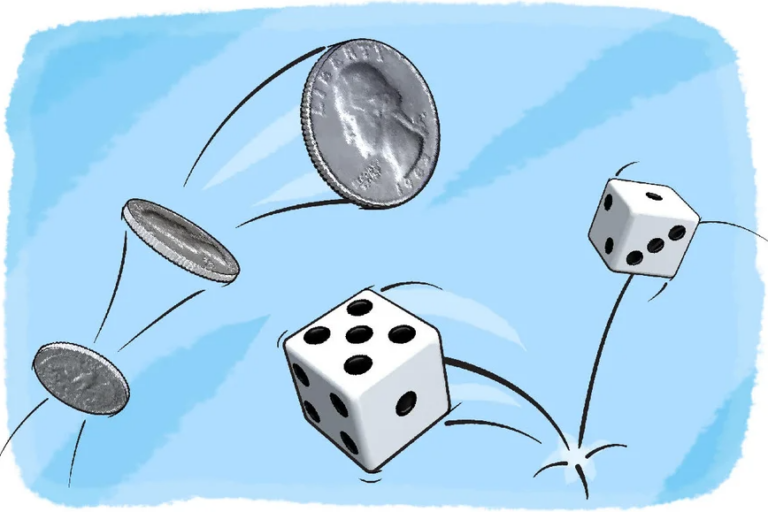Understanding Betting Margins: How Bookmakers Make a Profit
When placing a sports bet, most bettors focus on the odds and potential payouts. However, behind every bet, bookmakers build in a hidden edge known as the betting margin. Betting margins ensure that sportsbooks make a profit regardless of the event’s outcome. Understanding how margins work can help bettors make smarter decisions and find better value in their bets.
What Are Betting Margins?
A betting margin is the difference between the true probability of an outcome and the implied probability derived from the bookmaker’s odds. Bookmakers adjust the odds to ensure they make a profit regardless of which side wins.
For example, in a fair market, if two teams have an equal chance of winning (50% probability each), fair odds would be 2.00 (decimal odds) for both teams. However, a bookmaker might offer odds of 1.91 instead of 2.00. This small adjustment creates a margin that guarantees the bookmaker a profit in the long run.
How to Calculate Betting Margins
To determine the bookmaker’s margin, use this formula:

Example Calculation for a Two-Outcome Event (Tennis Match)
Imagine a bookmaker offers the following odds for a tennis match:
- Player A: 1.85
- Player B: 1.95
Using above mentioned formula we see that the betting margin is 5.33%, meaning the bookmaker has built in a 5.33% edge over the bettor.
Why Do Bookmakers Use Betting Margins?
Bookmakers use margins for risk management and profit generation. Without them, a perfectly balanced market (where bets are equally split between all outcomes) would result in no guaranteed profit for the sportsbook. Margins ensure that even if bettors win occasionally, in the long run, the bookmaker remains profitable.
How to Identify Low-Margin Bookmakers
Sharp bettors look for low-margin sportsbooks that offer better odds. The lower the margin, the more value bettors get on their bets.
- Asian bookmakers typically offer lower margins (around 2-3%). Pro tip: If you use European / American bookmaker check the “asian handicap” options if possible.
- European and American bookmakers may have higher margins (5-8%).
- Niche sports and smaller leagues often have higher margins due to less market efficiency.
Conclusion
Understanding betting margins is crucial for making informed bets. By comparing odds across multiple sportsbooks and identifying lower-margin markets, bettors can maximize value and reduce the bookmaker’s edge. Smart bankroll management combined with margin awareness is key to long-term betting success.




